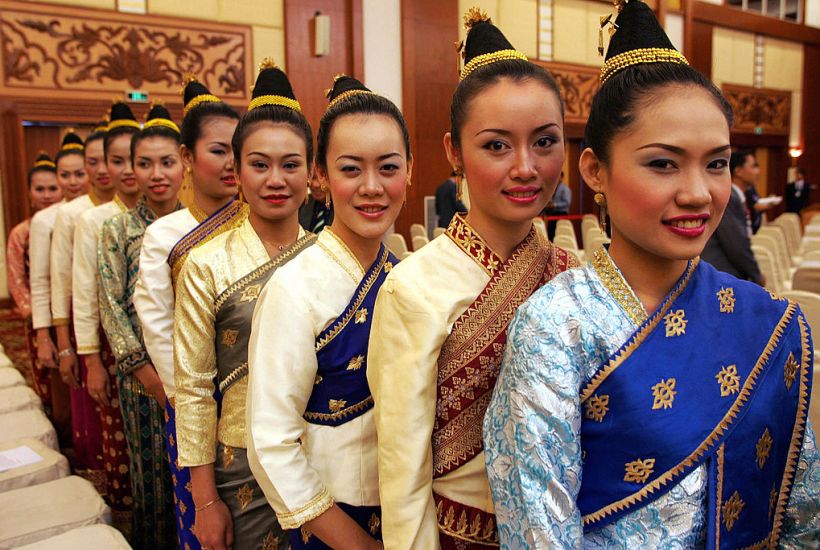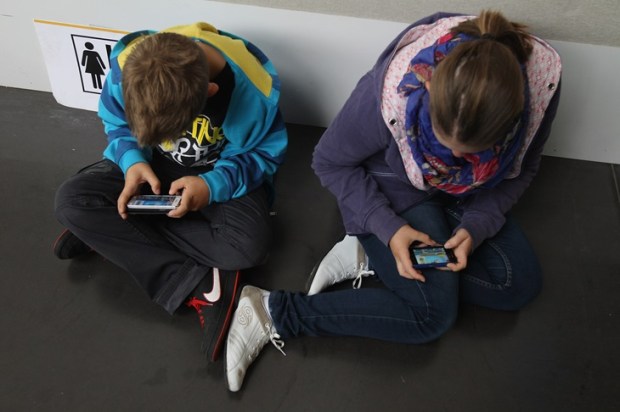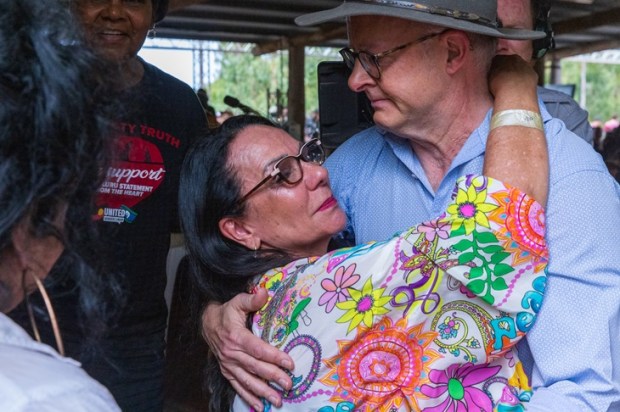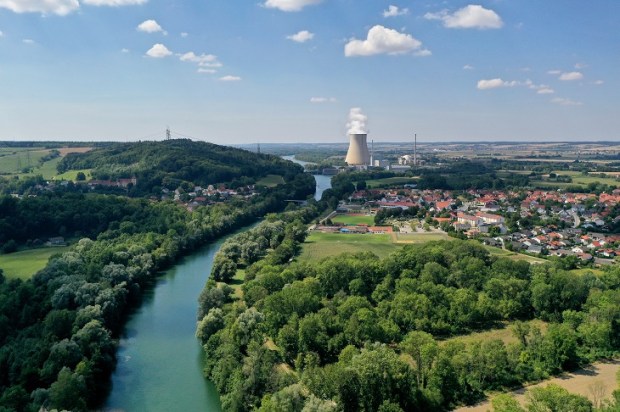Vientiane, the capital of Laos, Communist in government, Buddhist in culture has somehow managed to retain layers of pre-Buddhist animism, Buddhism, French colonial veneer, socialism and capitalism, each somehow melding into an endearingly laid back way of life.
Traces of ‘France Indochine’ remain, fresh-baked baguettes, imported, French wine, mineral water and filtered coffee. Buddhism contributed a philosophy gentle, polite and peaceful.
Successive French governments provided street signage in Lao and French, thereby establishing once and for all the former political identity of Vientiane Centrale. They have not though, made the mistake of the Vietnam War era Americans, who donated funds for an airstrip, money that was used instead for a miniature Laotian-style arc de triomphe, known locally as the ‘vertical runway’.
As I wait to be served at the open stall that sells extremely tasty pork-filled spring rolls on Rue Hengboun, in the old Chinese Quarter, a trio of Frenchwomen push past.
Two young women, each carrying a Lao baby, are accompanied by a French mother or mother-in-law. Sharp grey eyes glinting behind her spectacles the older m’dame points to the spring rolls, ignoring the line of people waiting patiently to be served. Then she argues with the stallholder about the price of the spring rolls, attempting to push some Cambodian notes into the stallholder’s reluctant hands.
Lao shopkeepers and stallholders accept Thai baht, which is easily changeable, but no one wants the Cambodian rial. Lao currency, the kip, is notoriously hard to master, notes being covered with profuse and intricate designs, with several notes of different denominations the same colour.
As the Frenchwomen leave with their purchases a woman behind me mutters, in English, “They come here to adopt babies and take them to France.”
I have been asking around, hopefully and pointedly, where the best place is to buy a sin.
The sin is the graceful pencil straight Lao skirt, a long straight, sarong-like piece of material, usually silk and fine cotton, clasped at the waist with an antique silver filigree belt or more prosaically, by a zip or elastic hook and eye.
My friend Souphanee elects to help me and collects me from my pensione in the old Quartier Chinois, so we can go to the ‘morning market’ together. I’m delighted by her kindness. As elsewhere in Asia, having a local friend bargain for you is a huge advantage.
When Souphanee turns up, about three-quarters of an hour late – time, after all, is an elastic concept in Laos – I am disconcerted to realise that she’s arrived on her motorcycle – and she’s wearing a floor-length sin.
Smiling, she beckons and waits for me to hop up behind her. It’s illegal in Australia but in Vientiane plenty of people ride without a helmet though there are also plenty of accidents. My faint mews of protest are silenced as she says, soothingly, “We go slowly, Lord Buddha will protect us” Providence or Lord Buddha takes a hand because we reach the morning market intact and still astride the motorbike.
Strolling into the vast market complex, she heads, not into the air-conditioned Talat Sao complex where the foreigners shop, but to the rabbit warren of small alleys beside the bus terminal where interstate and intercity buses depart, headed for Bangkok. This is the market within the market, lined with tiny fabric stalls built over floorboards that provide a path above flowing water from the sluiced-down stalls.
We pause to admire a length of fabric, black silk-cotton blend, with a broad border of peacocks worked in coloured silks. We stop, talk to the stallholder, look at several other fabric lengths, but keep coming back to the black silk. We ask her ‘best price’ and finally I hand over 120,000 kip, about $14 dollars, then another 30,000 to have it sewn into a sin.
Read to wear, everyone admires my sin. It’s lovely, elegant stylised peacocks marching across the hem in emerald, ruby and saffron silks. “So nice, your sin,” everyone smiles.
It’s actually a tiny triumph for democracy and the free world, for wearing the sin, under the former hardline regime was seen as capitalistic, politically incorrect and definitely unwise.
These days every woman in Vientiane proudly wears a sin, luscious silk, glorious embroideries teamed with a tee shirt, raw silk jacket or filmy, seductive top.
As far as your correspondent is concerned, it’s the ultimate sin.
Got something to add? Join the discussion and comment below.
Got something to add? Join the discussion and comment below.
Get 10 issues for just $10
Subscribe to The Spectator Australia today for the next 10 magazine issues, plus full online access, for just $10.


























Comments
Don't miss out
Join the conversation with other Spectator Australia readers. Subscribe to leave a comment.
SUBSCRIBEAlready a subscriber? Log in